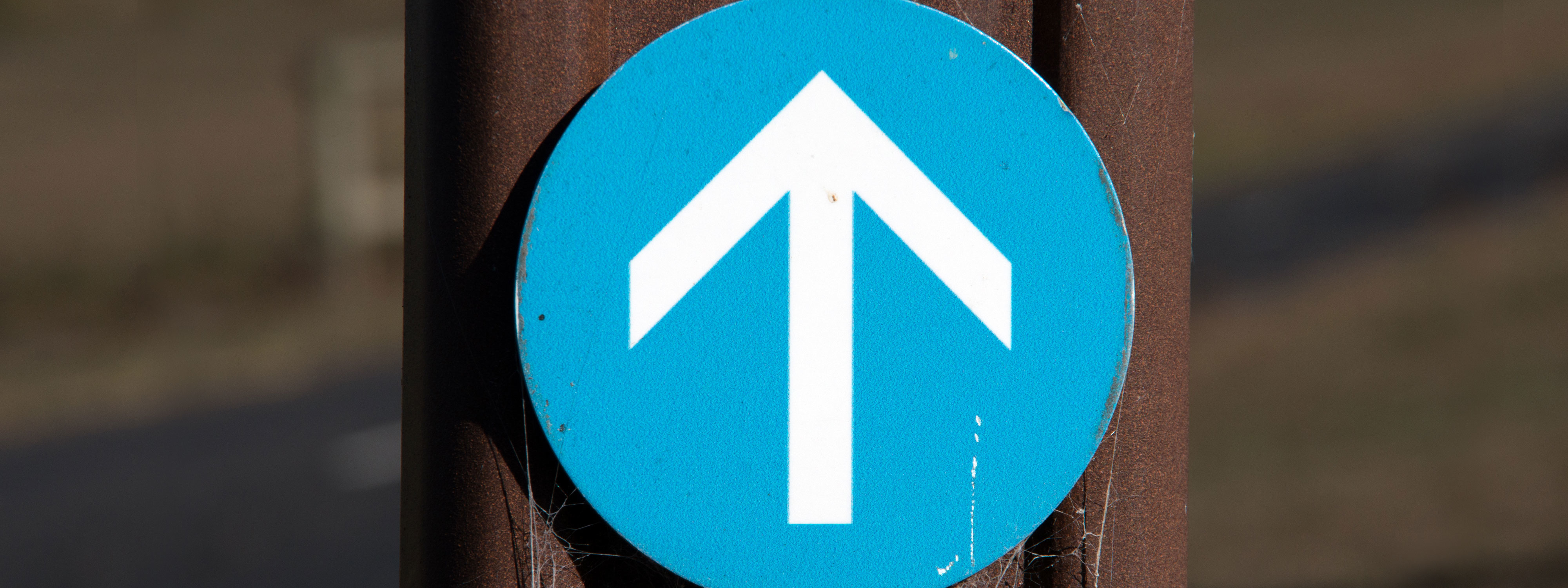
Uncertainty on Drug Pricing Remains Following Trump Administration Executive Orders
10 min read
On July 24 2020, President Trump signed three Executive Orders targeting prescription drug prices and proposed a fourth. The Orders represent the Trump Administration's latest effort to implement previously outlined strategies designed to lower consumer out-of-pocket costs and reduce government spending on drugs. Although the President's actions are making headlines, the extent to which the U.S. Department of Health and Human Services ("HHS") will be able to implement the directives from these Orders remains to be seen; particularly with the election looming, and major industry stakeholders identifying concerns and signaling their opposition.
President Trump's Executive Orders, which we summarize below, come at a time of public concern about the cost of prescription pharmaceuticals. Collectively, this series of Orders would allow certain low income individuals access to 340B prices for insulin and epinephrine, restrict anti-kickback safe harbors for manufacturer rebates paid to middlemen in Medicare Part D, open a pathway for drug importation, and (in the proposed Order) implement a "most favored nations clause" to tie Medicare prices to levels paid by other countries.
From a policy perspective, however, there is little new in the Orders. Indeed, each covers proposals that have stalled in the regulatory or legislative process for various reasons. For example, the drug importation directive includes provisions already covered by a set of HHS proposed rules that are still making their way through the rulemaking process. Similarly, the revisions to the anti-kickback safe harbors mirror those in rulemaking previously withdrawn by HHS amid concerns that the action would lead to an increase in government spending and Part D premiums.
Despite continued public pressure, and general bipartisan support for some form of drug-pricing legislation, the Trump Administration has not achieved many of its policy goals on drug pricing to date, and Congress has been unable to reach a consensus about how to answer the ongoing call for action on drug pricing. By contrast, many states are passing laws of their own that target key issues in the drug-pricing debate, leading to what is becoming an increasingly complex patchwork of piecemeal legislative solutions and idiosyncratic reporting requirements.
What's Next?
The three signed Executive Orders direct HHS to "take action" to implement the policy directives. However, the regulatory process will take time, and legal challenges to eventual rules appear likely. In addition, the Order to revamp the anti-kickback safe harbor for rebates faces an additional hurdle, because prior to taking action HHS must confirm that its effort will not increase federal spending or Part D consumer costs.
The Executive Order seeking to tie prices paid by Medicare to prices charged in other countries has been signed — but not issued — by President Trump, who indicated that he would release the Order on August 24, unless drug manufacturers put forward proposals "that will substantially reduce drug prices." Despite this condition, drug manufacturers recently opted out of a planned meeting to negotiate with the President ahead of the pending Order.
Summary of the Executive Orders
1. "Executive Order on Access to Affordable Life-saving Medications"
The "Executive Order on Access to Affordable Life-saving Medications" focuses on reducing the cost of insulin and injectable epinephrine to low income individuals. The stated policy of the Order is to "enable Americans without access to affordable insulin and injectable epinephrine through commercial insurance or Federal programs, such as Medicare and Medicaid, to purchase these pharmaceuticals from an FQHC (Federally Qualified Health Center) at a price that aligns with the cost at which the FQHC acquired the medication."
FQHCs are community based healthcare providers that receive funds from HHS to provide primary care services to underserved areas and that have access to reduced drug prices through the federal 340B program. However, FQHCs are under no obligation to pass on their drug cost savings to patients. The Executive Order directs HHS to condition continued access to 340B pricing for insulin and injectable epinephrine on the FQHC establishing practices to pass through those lower prices (plus a minimal administration fee) to qualified low-income individuals.
A number of states have already passed legislation setting limits on consumer cost sharing for insulin in commercial health plans. Additionally, some states have addressed epinephrine costs by clarifying substitution laws to make it easier for patients to access generic epinephrine auto-injectors.
2. "Executive Order on Increasing Drug Importation to Lower Prices for American Patients"
The stated purpose of the "Executive Order on Increasing Drug Importation to Lower Prices for American Patients" is to "minimize international disparities in price" by allowing the "safe importation of prescription drugs" from countries where they are available at lower prices. The Order addresses three different pathways through which consumers, pharmacists and wholesalers can import prescription drugs.
First, the Order directs HHS to grant waivers on the prohibition of importation of prescription drugs, provided that importation results in lower costs to American patients and poses no additional risk to public safety. This portion of the Order largely reiterates Federal Food, Drug, and Cosmetic Act ("FDCA"), Section 804(j)(2) which allows for such waivers under the same conditions. To date, however, HHS has not yet issued 804 (j)(2) waivers, and has previously declined to certify that personal importation will not risk public safety, citing problems with rouge online Canadian pharmacies.
Second, the Executive Order directs HHS to authorize the re-importation of insulin products for emergency medical care under FDCA Section 801(d). This provision reiterates terms of an existing law in effect since 1997. 20
Third, the Order directs HHS to finalize rules that would allow for the importation of certain drugs from Canada. HHS issued proposed rules in December 2019 and public comments are currently under consideration.21 Notably, many states have enacted legislation to allow drug importation from Canada, upon federal approval. 22
3. "Executive Order on Lowering Prices for Patients by Eliminating Kickbacks to Middlemen"
The stated policy goal in the "Executive Order on Lowering Prices for Patients by Eliminating Kickbacks to Middlemen" is that "discounts offered on prescription drugs should be passed on to patients." 23 The Order directs HHS to "complete" previously commenced rulemaking to (1) eliminate existing anti-kickback safe harbor protections for rebates paid by drug manufacturers to middlemen, such as PBMs and insurers, that are not passed on at the point-of-sale to Medicare Part D consumers, and (2) implement new safe harbors that would allow PBMs and other middlemen to apply discounts to lower Part D patient out-of-pocket costs but keep a service fee.
HHS originally proposed this rule on February 6, 2019.24 However, HHS withdrew the proposed rule on July 10, 2019, after the Congressional Budget Office (CBO) determined that the rule, if finalized, would increase federal and state spending by $10.5 billion over a ten-year period, and would increase premiums for Medicare Part D enrollees.25 To address such cost concerns, the Order directs HHS to confirm prior to taking any action that its changes are "not projected to increase Federal spending, Medicare beneficiary premiums, or patients' total out-of-pocket costs."26
4. Proposed Executive Order on International Reference Pricing
President Trump has reportedly signed, but has not yet released, the fourth Executive Order. The Administration announced plans to hold the Order until August 24, 2020 pending expected negotiations with drug manufacturers on ways to lower drug prices.27 According to the Administration, the Order would push forward efforts to use prices drug manufacturers charge in other countries as a benchmark for Medicare prices. The Order reportedly would incorporate a "most favored nation clause" that would cap payments for Medicare Part B drugs at the prices in economically comparable OECD countries.28 The Administration did not specify which countries would be used in the index. As described to date, the proposed Order appears to be a reiteration of an HHS Advanced Notice of Proposed Rulemaking (ANPRM) rule — "International Pricing Index Model for Medicare Part B Drugs" — which was issued on October 30, 2018.29 The ANPRM has not advanced since HHS received public comments. The House included a similar provision on international reference pricing in the Elijah E. Cummings Lower Drug Costs Now Act,30 which passed the House on December 12, 2019 but has not advanced in the Senate.31
1 Trump Administration Blueprint to Lower Drug Prices and Reduce Out-of-Pocket Costs, HHS.gov (May 11, 2018)
2 Ed Silverman, A Majority of Americans Fear Pharma Will Use Covid-19 as an Excuse to Raise Prices, STAT (June 18, 2020).
3 Compare, Executive Order on Increasing Drug Importation to Lower Prices for American Patients (July 24, 2020) with Trump Administration Takes Historic Steps to Lower U.S. Prescription Drug Prices, HHS.gov (December 18, 2019) .
4 Office of Information and Regulatory Affairs, OIRA Conclusion of EO 12866 Regulatory Review, Reginfo.gov (July 10, 2019).
5 Congressional Budget Office, Incorporating the Effects of the Proposed Rule on Safe Harbors for Pharmaceutical Rebates in CBO’s Budget Projections – Supplemental Material for Updated Budget Projections 2019 to 2029 (May 2019) at 2-3.
6 White & Case, Growing Web of State Drug-Pricing Legislation Increases Challenges for Pharmaceutical Manufacturers and Other Industry Participants (May 19, 2020).
7 Executive Order on Lowering Prices for Patients by Eliminating Kickbacks to Middlemen (July 24, 2020) §4.
8 Remarks by President Trump at Signing of Executive Orders on Lowering Drug Prices, Whitehouse.gov (July 24, 2020).
9 Sarah Owermohle, Drugmakers Refuse to Attend White House meeting after Trump Issues Executive Orders on Cost, NPR (July 27, 2020)
10 Executive Order on Access to Affordable Life-saving Medications (July 24, 2020) §1.
11 Health Resources & Services Administration, 340B Drug Pricing Program, HRSA.gov (July 2020) .
12 Executive Order on Access to Affordable Life-saving Medications, supra note 10, at §3.
13 White & Case, supra note 6.
14 See e.g., Improve Access to Epinephrine, Ohio Sub. H. B. §101 (Apr. 8, 2019).
15 Executive Order on Increasing Drug Importation to Lower Prices for American Patients (July 24, 2020) §1, see link here.
16 Id. §2(a).
17 Importation of Prescription Drugs, 21 U.S.C. § 384(j)(2).
18 Department of Health and Human Services, Importation of Prescriptions Drugs (2019) at 18, see link here.
19 Executive Order on Increasing Drug Importation to Lower Prices for American Patients, supra note 15, at §2(b).
20 Imports and Exports, 21 U.S.C. §381.
21 U.S. Department of Health and Human Services, Importation of Certain FDA-Approved Human Prescription Drugs, Including Biological Products, Under Section 801(d)(1)(B) of Federal Food, Drug and Cosmetic Act: Draft Guidance for Industry (December, 2019).
22 White & Case, supra note 6.
23 Executive Order on Lowering Prices for Patients by Eliminating Kickbacks to Middlemen (July 24, 2020) §1, see link here.
24 Removal of Safe Harbor Protection for Rebates Involving Prescription Pharmaceuticals and Creation of New Safe Harbor Protection for Certain Point-of-Sale Reductions in Price on Prescription Pharmaceuticals and Certain Pharmacy Benefit Manager Service Fees, 84 Fed. Reg. 2340 (Feb. 6 2019).
25 Office of Information and Regulatory Affairs, supra note 10.
26 Executive Order on Lowering Prices for Patients by Eliminating Kickbacks to Middlemen, supra note 23, at §4.
27 Remarks by President Trump at Signing of Executive Orders on Lowering Drug Prices, supra note 8.
28 Health and Human Services, Trump Administration Announces Historic Action to Lower Drug Prices for Americans, HHS.gov (July 24, 2020).
29 International Pricing Index Model for Medicare Part B Drugs, 83 Fed. Reg. 54546 (Oct. 30, 2018) .
30 Elijah E. Cummings Lower Drug Costs Now Act, H.R. 3, 116th Cong. (2019), §1192(f).
31 Congress,gov, H.R. 3 - Elijah E. Cummings Low Drug Costs Now Act Summary.
This publication is provided for your convenience and does not constitute legal advice. This publication is protected by copyright.
© 2020 White & Case LLP

